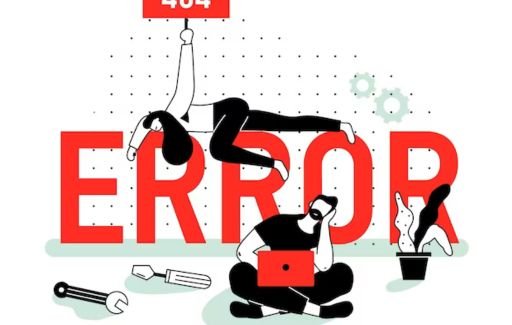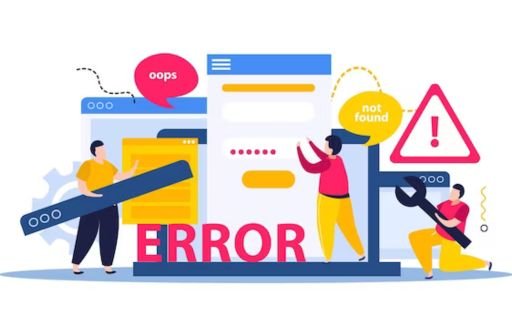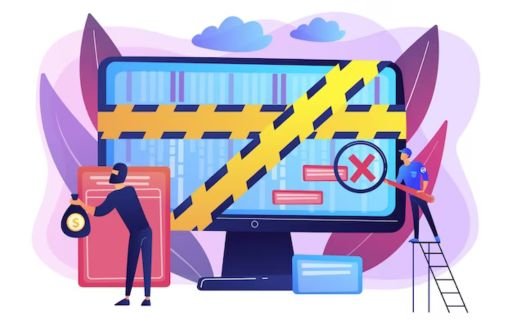


Having broken links on your website can significantly impact your site's user experience and search engine optimization (SEO). A broken link, also known as a dead link, refers to a hyperlink that leads to an error page instead of its intended destination.
This frustrating experience can cause users to leave your site altogether. Additionally, search engines like Google will penalize sites with too many broken links, as it signals outdated or poor-quality content.
The good news is that finding and fixing these broken links is easy with the right broken link checker or broken link finder tool. In this comprehensive guide, we’ll cover everything you need to know about identifying, checking, and repairing broken links to improve site health.
Before diving into the different tools and methods for finding broken links, let’s clearly define what qualifies as a broken link:
Any of these occurrences indicate a broken link that needs to be fixed. Now let's look at the best tools for pinpointing these problematic links on your site.

The simplest starting point for broken link checking is to manually click through your site's navigation and test pages and links. For small websites, this may be sufficient to catch all issues.
To manually check for broken links:
Mark down any page that returns an error or leads to an incorrect page. This manual process can be tedious, but for sites with only a handful of pages, it may catch all your broken links.
For larger websites, however, manual clicking quickly becomes an exercise in frustration. You're likely to miss many broken links that software could easily catch.
Automated broken link checkers crawl through your site to find and report dead links. This saves you hours of manual clicking and ensures you catch problems that you would likely miss on your own.
Here are the top five automated broken link finder tools:
Dead Link Checker is a free, basic broken link-checking tool. After entering your target URL, it crawls the site and generates a list of pages with dead links or errors. You can then click each result to view the specific broken links on that page.
The W3C Link Checker is another free online tool that checks each page and links on a website. The report categorizes links as either okay, warning (slow response time), or error (404, 500). There are also browser extensions available.
Xenu Link Sleuth is a downloadable broken link-checking software for Windows. It crawls sites to find broken links and redirects. The analysis includes response codes, redirect paths, load speeds, and more. It also finds duplicate content issues.
The SEO Site Checkup tool includes broken link analysis along with other website auditing and performance checks. It generates a prioritized list of broken pages and links. The free plan is limited to 500 pages.
Ahrefs is best known as an SEO tool, but it also includes a site audit tool with broken link reporting. It checks for both internal and external link errors. You receive a list of the URLs with issues.
These automated tools take the grunt work out of finding broken links. They easily do it in minutes which would take hours manually. However, automated checkers aren't foolproof, so you will still need to manually verify and recheck fixes.

Finding broken links is only step one. Next, you need to fix them. Here are four approaches for repairing dead links:
If the content has moved to a new URL, simply update the link. Check if the site has redirects in place you can leverage too. This is the easiest fix when it's just a changed or corrected URL.
Sometimes the URL is removed altogether. In this case, you may want to update the anchor text but have the link point to other related content rather than removing it completely.
For completely removed or irrelevant content, go ahead and delete the link altogether. Read the surrounding context and make sure the text still makes sense.
If the content was useful but has been deleted, consider remaking it. Check archives like the Wayback Machine for retrieving older versions of pages.
Retest links after fixing to confirm they go to the correct location. Also, re-run your link checker to check for additional issues popping up.
The work doesn't end after you've fixed your current broken links. Ongoing monitoring and maintenance is crucial. Here are some tips for integrating broken link finding and repair into your regular site processes:
Making broken link checking a regular habit will help you proactively fix issues as they crop up. This preventive approach helps avoid having hundreds of broken links snowballing into a huge problem.
A: Broken links create a poor user experience that causes visitors to leave your site faster. They also signal search engines that your site may have outdated, irrelevant, or low-quality content. Too many 404s can lead to lowered page rank.
A: Ideally, broken links should be checked at least once a month. For sites with frequent content changes, weekly checks are better. Newly published content should always be checked immediately.
A: Yes, many CMS platforms allow you to set up automatic redirects for removed content. This sends users and bots seamlessly onto new pages. However, redirects should not be overused as a band-aid.
A: Not necessarily. Pages with broken links may be indexed initially by search engines. However, too many 404 errors will cause the page to eventually be deindexed or demoted in results.
A: Google has said a few 404s are expected, but there is no definitive answer. Strive to have less than 1% of crawled pages result in 404s. The key is showing progress in fixing broken links over time.
A: Focus first on broken links on important pages like your homepage, contact pages, high-traffic content, and recent publications. Check page authority and organic traffic to prioritize.
A: Backlinks are incoming links to your site from external sites. These are important for SEO but can also break over time. Check backlinks using tools like Ahrefs. Reach out to site owners to request link fixes for important ones.
A: Tread carefully when redirecting or removing quality content links. If the page was useful, try restoring the content or linking to alternative related pages instead. But removing completely is better than broken links.
A: Absolutely. Broken pages ruin the mobile experience even more than on the desktop. With smaller screens and fat thumb problems, broken links frustrate users and make them leave pages fast.
Fixing broken links seems straightforward on the surface, but it takes diligence and care not to make matters worse. Use a combination of automated checking and manual verification to thoroughly find and repair dead links.
Broken links can happen to any website, but they don't have to be a serious problem with the right approach. By understanding the different types of broken links and using automated checking tools, you can efficiently find errors that would be tedious and time-consuming to locate manually. You can easily find broken links here.
However, the tools alone aren't enough; you need processes to fix the underlying issues whether that means updating URLs, recreating content, or removing outdated links. Establish a regular schedule to monitor your site, not just once but on an ongoing basis.
Check back frequently as you add new content and make changes. Don't let your site's broken links linger and compound over time.
With consistent, proactive maintenance, you can provide an optimal user experience and avoid potential search engine penalties related to errors.
Keep your site running smoothly by making broken link checking a priority now and in the future.